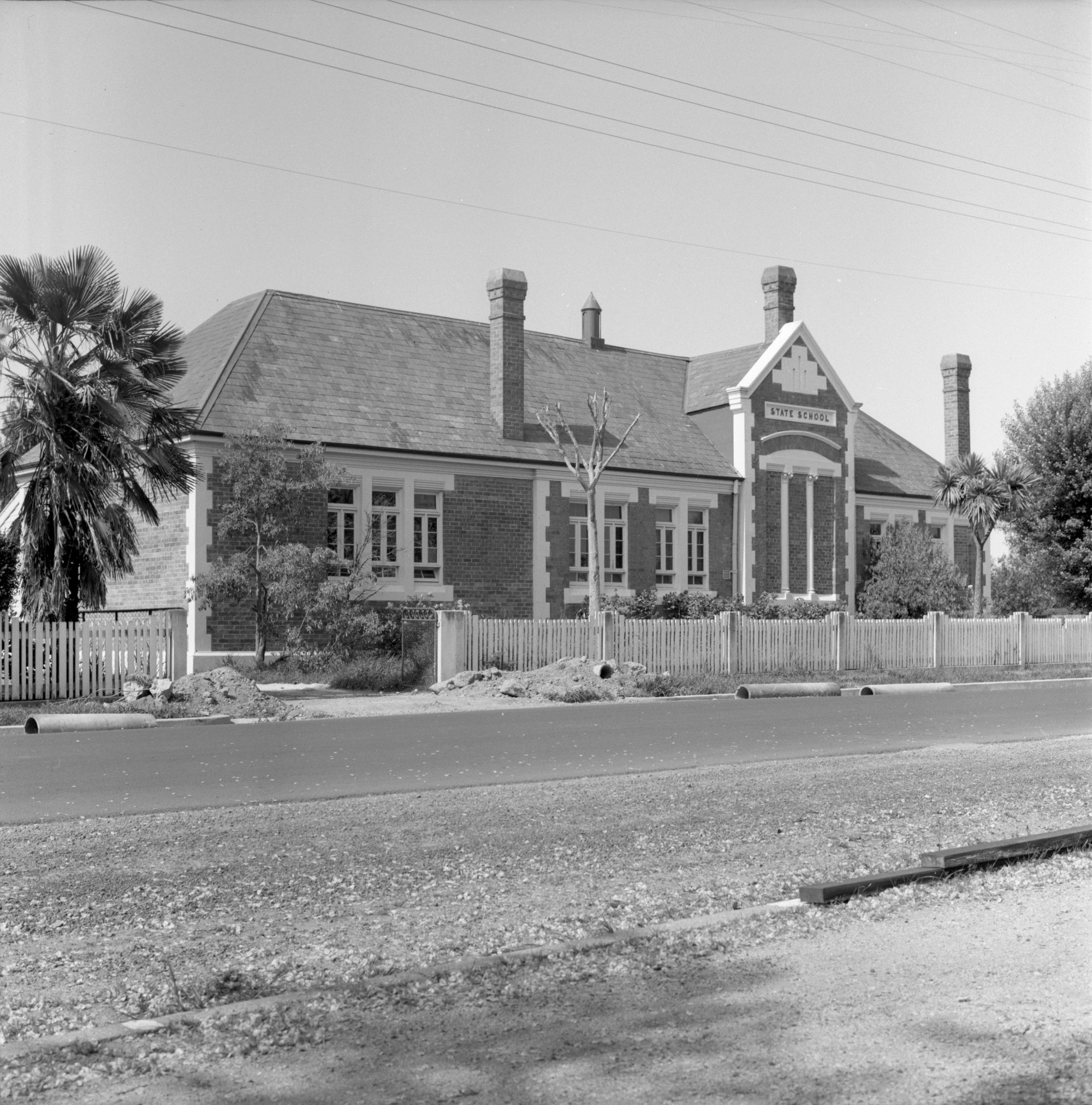The following article is extracted from Wikipedia
The first inhabitants of the present site of Evandale were Tasmanian Aborigines (Palawa). The site lies at the interface of country originally belonging to the Ben Lomond and North Midlands Nations (most likely the Panninher Clan). The ethnographic record in regards to aboriginal populations in the North Midlands of Tasmania is scanty, as many of the original inhabitants were displaced or did not survive the first colonial occupation of the South Esk Valley in the early 1800s. However, archeological remains of Palawa campsites and artifacts existed on the river flats just below the present site of Evandale (now Rotary Park) and also at Native Point, 2 km downstream, which was a known ‘resort of the natives’, The Evandale region also appears to have encompassed an aboriginal route from the Tamar Valley to the Lake River and it is likely that this area was a hunting ground and meeting point for local clans of the North Midlands Nation.
As with first contact in other areas of Tasmania, relations with the first settlers were often peaceable. The settler David Gibson was reported to have left out slaughtered stock for aborigines to roast (or at least to feed their hunting dogs). This may have been an example of payment for occupation or use of clan hunting grounds.
Relations with European settlers soured during the 1820s as settler encroachment increased and lethal violence against aboriginal clans was permitted by lax colonial policy. Seasonal passage through the midlands was hindered by opportunistic attacks from stockmen, such as the ‘outrages’ recorded against women of the Leterremairrener clan at Patersons Plains, north of Evandale, and also from larger scale organised assault by settlers, constabulary and military; which led to massacres at Norfolk Plains in the west and Campbelltown in the south. The aboriginal clans were severely depleted during this time but actively began a campaign of guerrilla attacks on settlers in the Midlands region that became known as the Black War.
During the Black War, in the 1820-1830s, members of the Stoney Creek (Tyerrernotepanner) Clan of the North Midlands Nation, with remnant members of the Ben Lomond Nation, continued to make raids on farms south of Evandale and further up the South Esk River, but by then traditional tribal life in the Evandale region had long since vanished and the remnant people of this area retreated to lands to the North East, were waging a desperate guerrilla campaign or were living a fringe existence in Launceston.
References
- Breen, Shayne. “Deep time”. Academia.edu.au. Retrieved 30 March 2015.
- Walker, James Backhouse (1902). Early Tasmania : papers read before the Royal Society of Tasmania during the years 1888-1899. Tasmania: J. Vail, Govt. Printer.
- Ryan, Lyndall (2012). Tasmanian Aborigines : a history since 1803 (1 ed.). Crows nest: Allen & Unwin. ISBN 9781742370682.
- Kee, Sue (1990). Midlands aboriginal archaeological site survey. Hobart: Dept. of Parks, Wildlife and Heritage. ISBN 0724617388.
- West, John (1852). The history of Tasmania. Launceston , Tas: H. Dowling.
- Von Stieglitz, Karl (1967). A history of Evandale. Launceston: Birchalls.
- Boyce, James (2008). Van Diemen’s land. Melbourne: Black Inc. ISBN 9781863954136.
- Ryan, Lyndall (2012). Tasmanian Aborigines : a history since 1803 (1 ed.). Crows Nest: Allen & Unwin. ISBN 9781742370682.
